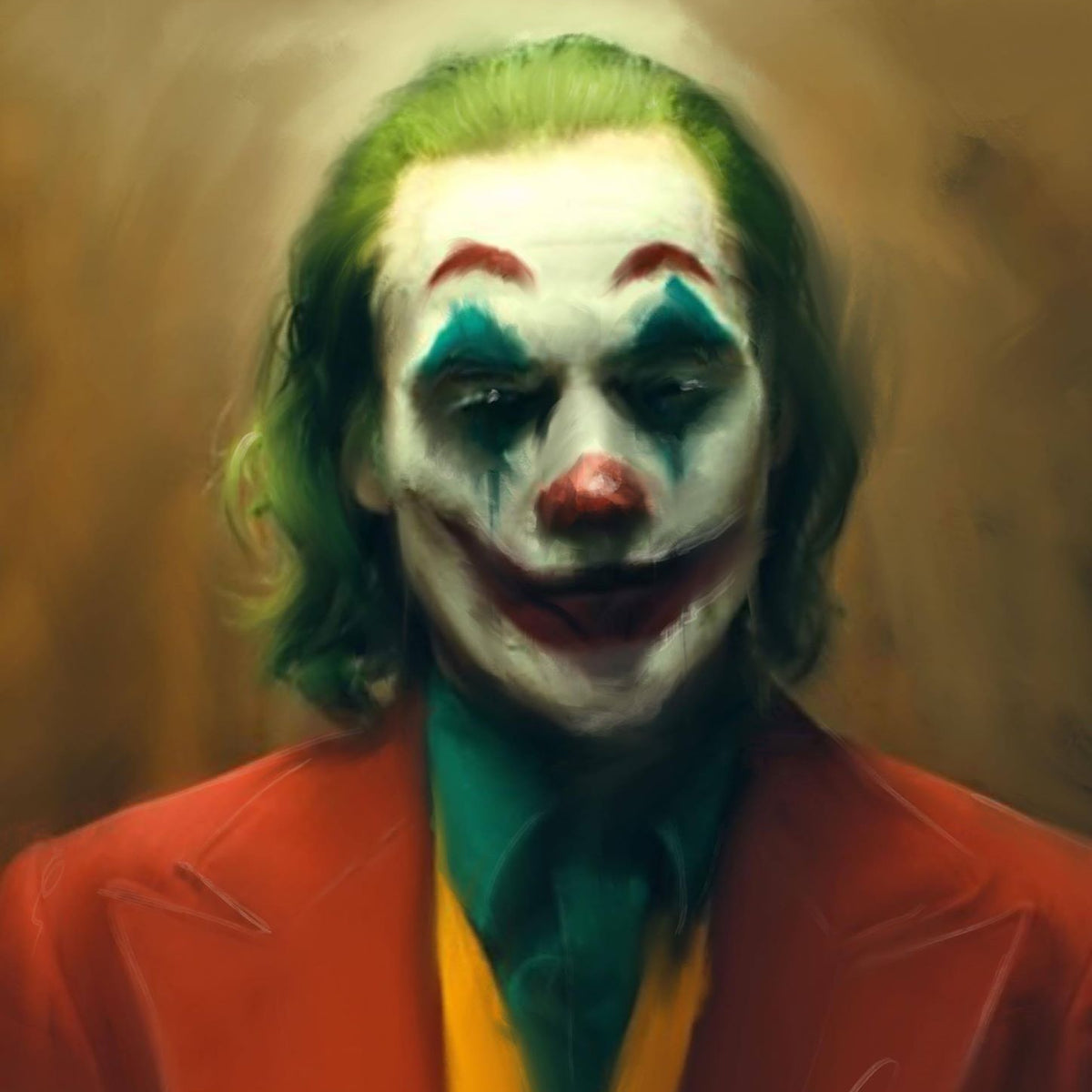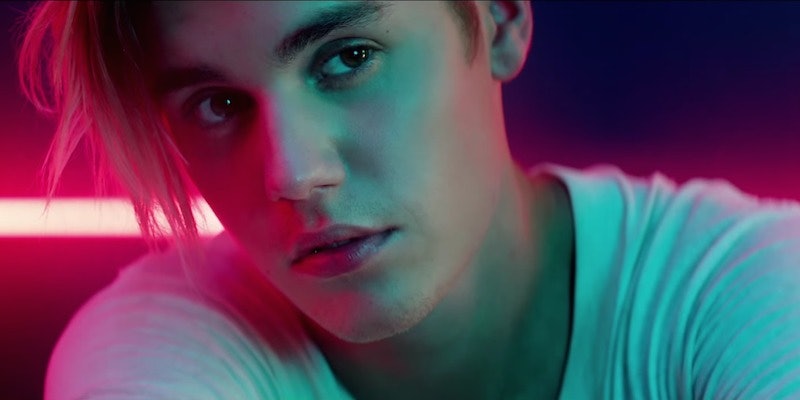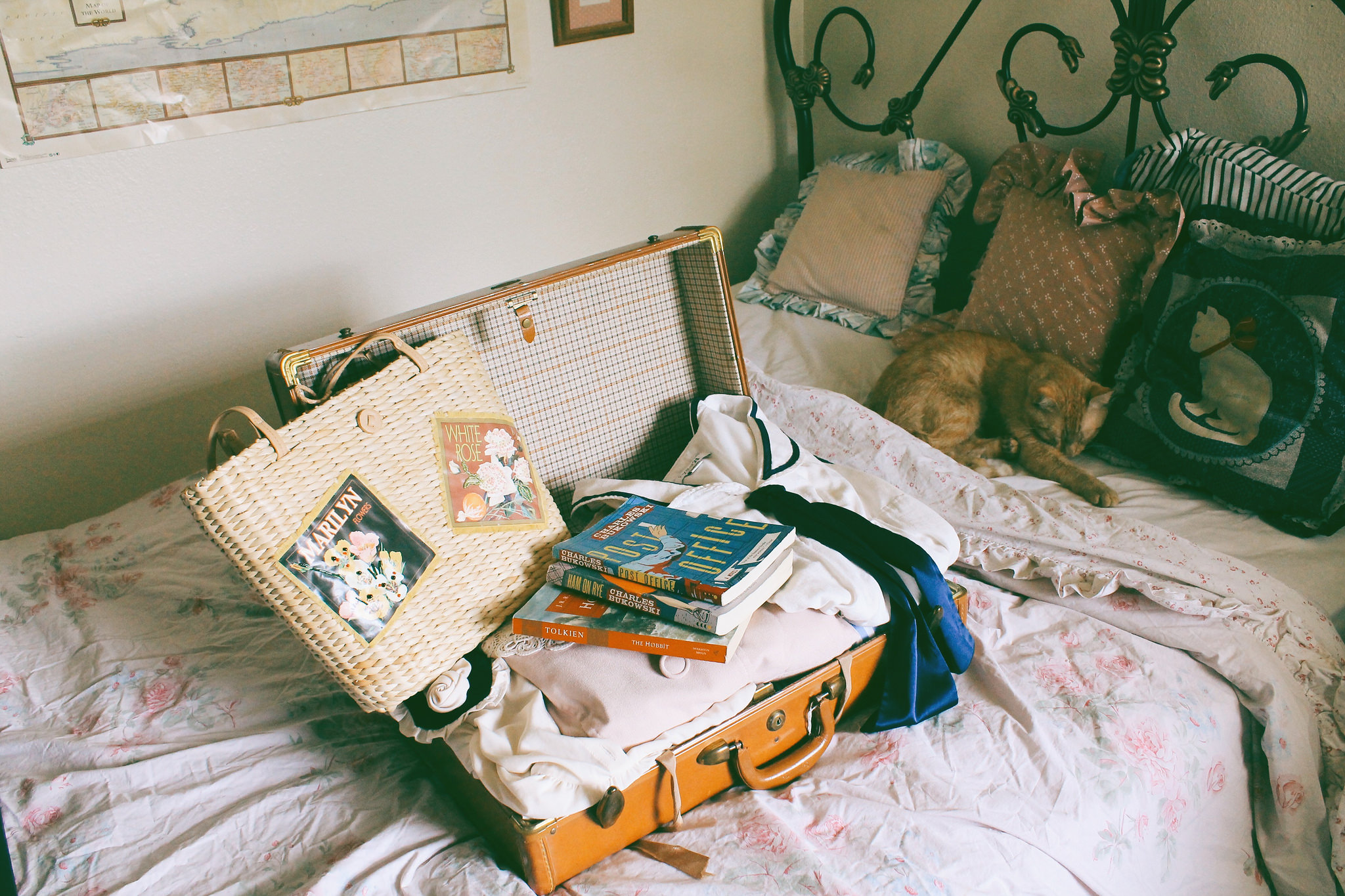Rare coloured capsule is the capsule which is combined within the traditional product however with completely different color. To detect this type of capsules online, a way structured on RGB colour area and utilizing HSV colour distinction way is proposed on this paper. Considering HSV colour area with extra balanced color-difference perception, the unique RGB formatted capsule graphic is reworked to HSV colour area for correct detection. To assure the on-line detection efficiency, the colour area transformation and the colour distinction calculation are usually not on pixel level. A set of R, G, B part values are acquired to symbolize the colour of the capsule by a novel usual grey calculation way structured on histogram. Thus the RGB to HSV transformation is just have to course of the set of R, G and B part values.
The reworked H, S and V part values are then utilized to calculate the colour difference. By evaluating the colour big big difference with the given threshold, the ultimate detection end end result for RCC is achieved. Compared with the standard colour recognition way centered on HSV, which rework colour area within the entire image, the introduced way is time saving. Online take a look at outcomes present that the proposed way has excessive accuracy and efficiency. In current years, as variety of latest constructing getting larger, there was an multiplied curiosity within the cleansing of exterior walls. Accordingly, there's a rising curiosity in automated cleansing robots that transfer across the outer constructing façade.
These robots are additionally required to use totally different cleansing techniques to eliminate varied contaminants on the outer wall of the building. However, present floor contaminant detection programs can both detect solely a single style of contaminant, or usually are not compact sufficient for installing on cellular platforms that transfer across the outer façade. As it's a compact system that makes use of solely a digital camera to take photos and a processor to course of the images, it can be perfect for purposes involving cellular platforms. Object-type contaminants corresponding to avian feces are dealt with by the YOLOv3 module employing the object-detection algorithm. Area-type contaminants corresponding to rusty stains are processed employing the color-detection module employing the HSV colour space, median filter, and flood fill algorithm. Particle-type contaminants corresponding to mud are dealt with by the grayscale module, changing photographs to grayscale photographs after which evaluating the typical brightness with a reference that's offered in advance.
This proposed machine imaginative and prescient system will detect objects, areas, and particle-type contaminants with a single graphic and a few reference pictures supplied in advance. Digital management of colour tv monitors—in particular, by way of body buffers—has added exact management of a giant subset of human colorspace to the capabilities of pc graphics. This subset is the gamut of colours spanned by the red, green, and blue electron weapons thrilling their respective phosphors. Full-blown colour concept is a exceptionally complicated subject matter involving physics, psychology, and physiology, however restriction to the RGB monitor gamut simplifies concerns substantially. It is linear, for example, and admits to acquainted spatial representations.
This paper presents a set of other versions of the RGB monitor gamut headquartered on the perceptual variables hue , saturation , and worth or brightness . Algorithms for reworking between these versions are derived. Particular emphasis is positioned on an RGB to HSV non-trigonometric pair of transforms which have been used efficiently for about 4 years in body buffer portray programs. These are fast, accurate, and sufficient in lots of applications.
Computationally harder rework pairs are in certain cases necessary, however. Guidelines for selecting amongst the many versions are provided. Psychophysical corrections are described inside the context of the definitions established by the NTSC .
To convert RGB to HSI area and vice versa , it operates when it comes to the variety of bits. For ease, the dependence between x and y seriously isn't considered. At the simplest, every colour part is individually exceeded by using the identical algorithm.
It is important, therefore, that the options of curiosity will be distinguished within the colour dimensions used. Descriptions when it comes to hue/lightness/chroma or hue/lightness/saturation are sometimes extra relevant. In this paper, a brand new procedure for the extraction of the required object or area from the satellite tv for pc tv for pc photograph is proposed. This shade established procedure is predicated on HSV shade area and histogram threshold. Usually the multispectral pictures acquired from satellite tv for pc tv for pc are in RGB shade space. But human eye is extra delicate to depth than shade data .
In the proposed approach, the satellite tv for pc tv for pc photograph in RGB colour area is reworked into HSV colour area after which the reworked satellite tv for pc tv for pc photograph is cut up into three completely different elements established on depth and color. This HSV colour area is designed to approximate the human vision. In the subsequent step, the histogram for all three elements is computed and plotted. Then the edge worth is individually utilized to all three components. Finally the morphological operations like masking, filtering, smoothening is carried out for the extraction of the specified region.
The effectiveness of the proposed strategy has been demonstrated by variety of experiments. Experimental end consequence demonstrates that the proposed methodology is extra useful within the extraction and segmentation of a desired object or area within the satellite tv for pc images. With the fast improvement of remote-sensing imaging technology, remote-sensing pictures became extra and extra diverse, and other persons are paying extra consideration to ocean remote-sensing research. Because ocean remote-sensing info are complex, and the ocean atmosphere is diverse, effects will differ, even when the identical goal is detected at distinct occasions within the identical scene. To get hold of extra semantic functions and extra effective pixel-level prediction capabilities, this paper proposes a pixel-level ocean remote-sensing graphic algorithm (GLPO-Net) that mixes nearby and international features.
First, texture features, colour features, and spatial relationship functions are extracted. Second, the algorithm constructs a multiscale neighborhood cross-attention mechanism technique to acquire function weight information in several instructions to completely mine the neighborhood functions of ocean remote-sensing images. Concurrently, an algorithm constructs a multiscale international cross-attention mechanism technique to acquire international features. Then, the fusion of worldwide functions and native functions is described in every submodule to acquire extra consultant deep features. Finally, small-sample ocean remote-sensing is described by way of picture pixel-level prediction.
The algorithm proposed on this paper has been examined with three public ocean remote-sensing datasets. The experimental consequences present that the proposed GLPO-Net algorithm can be taught functions from small samples of ocean remote-sensing images. Compared to the prediction consequences of different remote-sensing graphic algorithms, GLPO-Net reveals improved prediction capabilities. Sesame produces outstanding oil whose high-quality emanates from its satisfying mix of fatty acids and antioxidants.
Oleic, linoleic, palmitic and stearic acids are the 4 important fatty acids of sesame oil which are presently measured in laboratories applying time-consuming and costly strategies that primarily destruct genetic seeds. The goal of this research is to estimate the qualitative traits of oil in sesame seeds from their digital picture applying picture processing techniques. To this end, some seed functions consisting of color, length/width ratio, and texture have been derived and homogenized from the sesame images. A multilayer perceptron synthetic neural community was employed to estimate fatty acid contents of one hundred twenty five completely different sesame genotypes centered on the seed picture data. Then, the effectivity of the MLP mannequin was in contrast towards a number of different modeling techniques.
The consequences confirmed that the MLP mannequin supplied an optimum estimation of all 4 fatty acids as in comparison to the opposite models. Speech-based emotion recognition is without doubt among the newest challenges in speech processing. The algorithms are developed utilizing floating-point arithmetic as a consequence of its large dynamic variety and fixed relative accuracy. However, they're lastly carried out in hand-held units that are required to eat much less power, time and have a decrease market price.
Fixed-point arithmetic with correct willpower of integer and fractional bitwidths may assist in satisfying these requirements. Therefore we now have made an try and develop a fixed-point speech-based emotion recognition system utilizing Mel frequency cepstral coefficients and hidden Markov mannequin . Accurate selection and precision evaluation has been carried out to compute optimum integer and fractional wordlengths.
The speech emotion engine has been evaluated making use of Berlin emotional speech database, EMO-DB. A speaker unbiased emotion recognition accuracy of 71.02% and 67.42% for floating-point and fixed-point codecs with optimized wordlenghs respectively was achieved. Finite wordlength influence like quantization with variety of relative errors and its influence on emotion recognition process has been analyzed. Index Terms—Fixed-point arithmetic, hidden Markov mannequin , mel-frequency cepstral coeffcients , quan-tization, variety estimation, speech-based emotion recognition, wordlength optimization. The goal of the work is to develop an software for hand gestures identification structured on a convolutional neural community making use of the TensorFlow & Keras deep mastering frameworks.
The gesture recognition system consists of a gesture presentation, a gesture catch system , the preprocessing and picture segmentation algorithms, the functions extraction algorithm, and gestures classification. As a sensor, Intel® Real Sense™ depth digital camera D435 with USB 3.0 assist for connecting to a pc was used. For video processing and extraction each RGB pictures and depth facts from the enter data, functions from the Intel Real Sense library are applied. For pre-processing and picture segmentation algorithms personal desktop imaginative and prescient techniques from the OpenCV library are implemented. The subsystem for the functions extracting and gestures classification is predicated on the modified VGG-16, with weights until now educated on the ImageNet database. Performance of the gesture recognition system is evaluated making use of a customized dataset.
Experimental outcomes present that the proposed model, educated on a database of 2000 images, delivers excessive recognition accuracy (99.4%). He used the colour graphic conversion from RGB colour area to HSV and changed the colour area from HSV to RGB. Chernov et al. launched an integer-based algorithm to transform colour illustration from RGB to HSV colour areas and vice versa.
In 2016, Saravanan et al. introduced new generic shade area conversion hardware. In this paper, we suggest a way for mechanically extracting buildings from surroundings images. The methodology makes use of shade segmentation and GrabCut on the idea of the truth that the background areas of surroundings photographs are typically current within the higher and decrease elements of the images. We evaluated its extraction accuracy and computational time through the use of 106 high-quality surroundings photographs and 89 low-quality ones . The proposed methodology improved the extraction accuracy by 14% or extra and lowered the computational time by 5% or extra for equally datasets in contrast with the traditional method. Comparing the extraction accuracy of the proposed methodology through the use of distinct shade spaces, HSV shade area improved the accuracy by greater than 2.78% for the LQ dataset as a result of its noise robustness.
The experiments, however, counsel that the proposed way has room for enchancment when it comes to the way of producing the preliminary seed used to initialize GrabCut. These saturated colorations have lightness 0.5 in HSL, when in HSV they've worth 1. Mixing these pure colorations with black—producing so-called shades—leaves saturation unchanged. In HSL, saturation is usually unchanged by tinting with white, and solely mixtures with each black and white—called tones—have saturation lower than 1. The following techniques calculate a 3×3 matrix to transform from a linear RGB shade to XYZ kind and returned , given the RGB shade space's red, green, blue, and white points.
Each level is expressed as a relative XYZ shade with arbitrary X and Z parts and a Y part of 1. For example, xr and zr are the pink point's X and Z components, respectively. With the exponential progress of storage of digital images, retrieval has develop into an impending issue.
Such good sized assortment of knowledge takes a substantial period of time in retrieving photographs other than choosing related photographs with respect to the query. Despite developments in introducing productive features, the search time nonetheless stays larger. In such state of affairs the search time might possibly be minimized by categorizing the database scenes into indoor or outdoor. The goal of the paper is to categorize a picture into indoor or outside scene.
Since these graphic options exhibit a particular disparity between pictures containing indoor or out of doors scenes, the proposed methodology achieves enhanced efficiency when it comes to classification accuracy. This work is evaluated on IITM-SCID2 and 15 scene type dataset and dataset of 3442 pictures collected from the online by authors. We don't must fret concerning the Intensity element once we're working in HSV, YCrCb and LAB colour space. We simply should specify the thresholds for the colour components. The values I've taken for producing the outcomes are proven within the figures. The alpha channel of a colour might be retrieved and set employing the alpha() and setAlpha() options if its worth is an integer, and alphaF() and setAlphaF() if its worth is qreal .
To retrieve and set all of the RGB colour parts (including the alpha-channel) in a single go, use the rgba() and setRgba() functions. QColor helps floating level precision and grants floating level variants of all of the colour parts functions, e.g. getRgbF(), hueF() and fromCmykF(). This is a perform used to convert, element by component, a so-called linear RGB colour to an encoded RGB (R′G′B′) colour within the identical colour space. Examples embody the sRGB switch perform given later; gamma capabilities resembling c1/γ, the place c is the red, green, or blue element and γ is a optimistic number; and the PQ and HLG functions.
Lightness is just the typical of the three shade components. This approach to calculating lightness is utilized by the Lab and HSL shade spaces. In Computer Vision, colour-based spatial techniquesoften assume a static pores and epidermis shade model. However, pores and epidermis shade perceived by a digital camera can change when lighting changes. In accepted actual atmosphere a number of gentle sources impinge on the skin. Moreover, detection methods could range when the picture beneath learn is taken beneath completely different lighting situation than the one which was earlier beneath consideration.
Therefore, for strong pores and pores and pores and skin pixel detection, a dynamic pores and pores and pores and skin colour mannequin that could manage the variations have to be employed. This paper reveals that pores and pores and pores and skin pixel detection in a digital colour graphic could very well be substantially improved by using automated colour area switching methods. The examine is predicated on experimentations on a set of photographs the place seize time circumstances various from exceptionally illuminated to essentially dark. Color is definitely one among many weather to work out the extent of maturity of the fruit due to the fact that every degree of maturity of the fruit has a special colour level.
At present, the dragon fruit is simply categorised headquartered on a visible evaluation of the pores and skin colour of the human eye. This research goals to categorise dragon fruit making use of picture processing with the naïve Bayes approach headquartered on HSV colour space. The colour function utilized on this research is RGB which has been transformed to an HSV value, after getting an HSV worth then categorised making use of the naïve Bayes method. Image knowledge used amounted to one hundred twenty instruction photographs and 30 check images.
The outcomes of the classification of dragon fruit making use of the naïve Bayes technique situated on HSV colour area can present an accuracy price of 86.6%. First, the spectral and graphic statistics have been obtained from HSI, and the spectral statistics have been preprocessed by detrending. Next, the help vector machine mannequin was constructed situated on the spectral and graphic function variables. In order to additional fortify the classification accuracy of single function model, the mannequin situated on fused function was developed and it was lastly optimized by AFSA. The lookup confirmed that the function variables chosen by BOSS have been representative, and the mannequin accuracy situated on BOSS spectral and graphic options reached 91.48% and 70%, respectively.
The efficiency of the SVM mannequin centered on fused function was improved significantly, and the mannequin accuracy reached 97.22%. After AFSA optimization, the mannequin accuracy lastly reached 99.44%. The above end result confirmed that employing AFSA to optimize the mannequin centered on fused function might possibly be a promising technique to establish rice seed varieties. Practical software Rapid and exact identification of rice seed varieties contributes to institution of on-line rice seed identification system.
HSI mixed with info fusion and AFSA can overcome the drawback of low accuracy of conventional nondestructive testing methods. The procedure proposed listed here should be counseled to be generally popularized in farms, grain markets, and market regulators. In this paper the assessment of RGB, HSV and CIELab colour areas is taken into account in view of diseased leaf photographs segmentation by colour thresholding method. Thresholding procedure founded upon HSV or CIELab colour areas should be utilized to measuring leaves complete area, diseased and wholesome surfaces area, in addition to dataset composing in machine learning.






















































